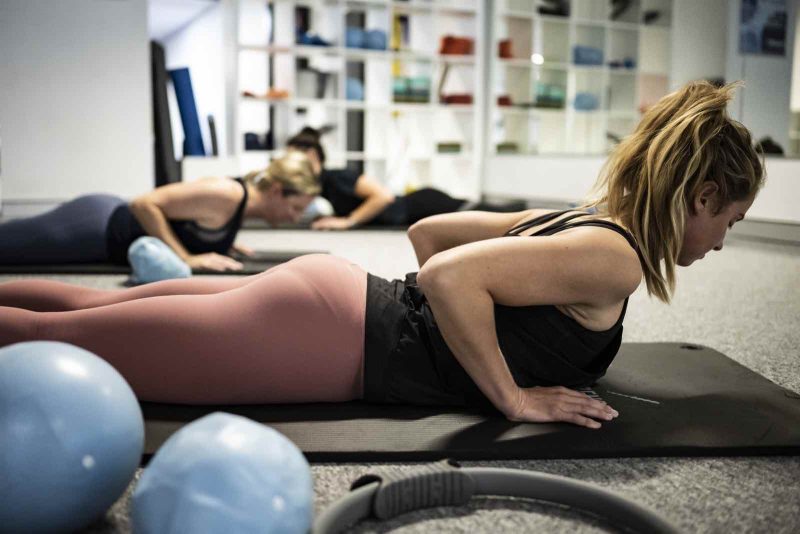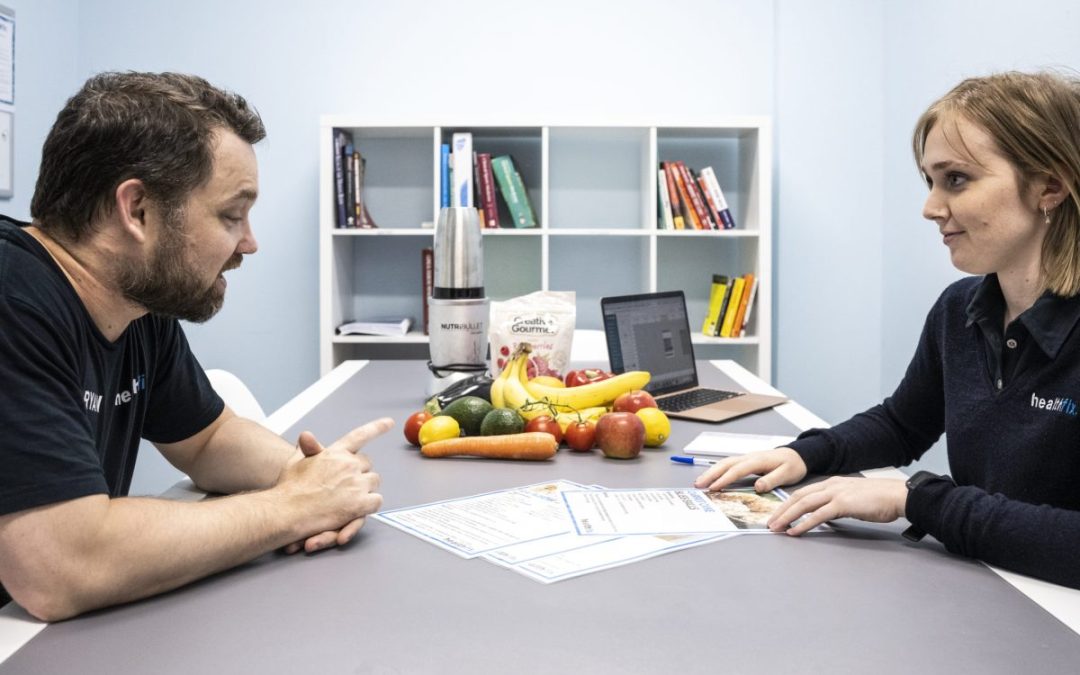
by Ash Cooney | Conditions, Personal Training
Increasing your running load, with regards to training for a big event, can be both exciting and challenging, but also something that requires preparation, thought and balance. The human body will generally have a significant response to an overly quick and intense...

by admin | Latest News, Personal Training
At Healthfix, we understand that embarking on a fitness journey can sometimes be challenging, especially when results seem elusive. But fear not – progress is a process, and it follows a unique order. Today, we’re breaking down the sequence of results based on...

by Ash Cooney | About Healthfix, Personal Training
When it comes to fitness and overall well-being, exercise is undoubtedly a crucial component. But not every workout has to be high-intensity or strenuous. In fact, incorporating low impact and recovery exercises into your routine can be just as important as those...

by Ash Cooney | Latest News
In the fast-paced world of executive leadership, maintaining optimal health and wellbeing is not just a personal choice – it’s a strategic decision that influences professional success and overall quality of life. Let’s delve into the world...

by Ash Cooney | Latest News
Netball is a fast-paced and popular team sport that requires high levels of agility, speed, and endurance. While the sport comes with inherent risks, research suggests that proper preparation and training can significantly reduce the risk of injury. In this article,...






